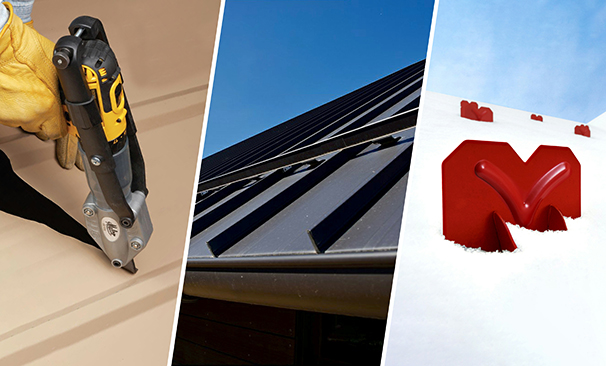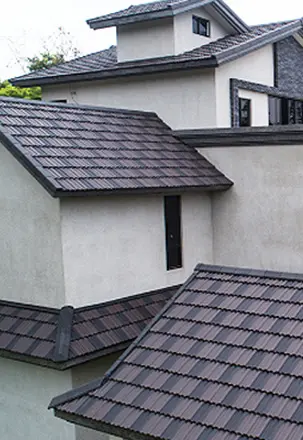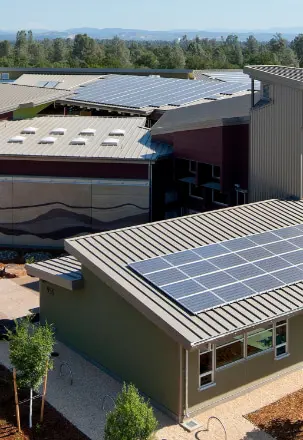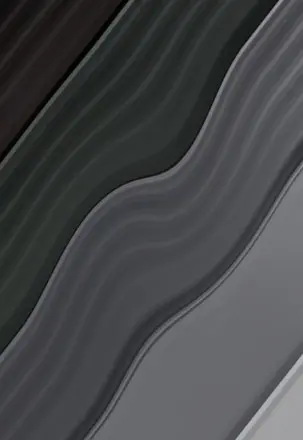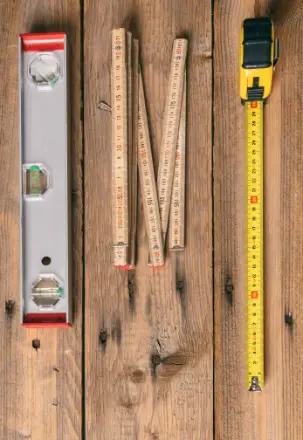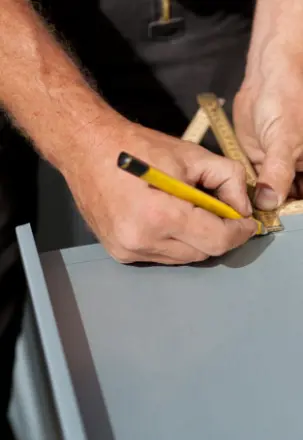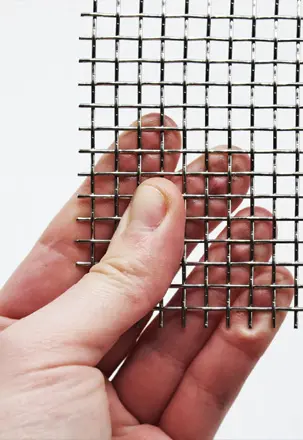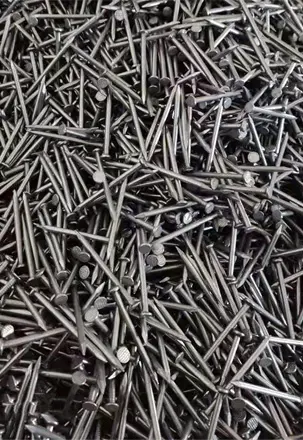When it comes to camping, few accessories are as versatile and indispensable as the tarpaulin, often simply called a tarp. A camping tarp provides shelter from rain, shade from the sun, protection against wind, and even insulation from the ground. Unlike tents, tarpaulins are highly adaptable—they can be pitched in multiple ways, serve different purposes, and complement other camping gear such as hammocks or tents. For outdoor enthusiasts, adventurers, and even B2B buyers supplying outdoor gear, understanding the types, advantages, and best choices of camping tarpaulins is essential.
In this article, we will explore the best camping tarpaulins for tents, hammocks, and outdoor shelters, analyze their materials, sizes, features, applications, and also provide tips on how to select the right one.
What Is a Camping Tarpaulin?
A camping tarpaulin is a large sheet of waterproof or water-resistant material, reinforced with grommets (metal eyelets), tie-out loops, or webbing for easy attachment. Unlike tents, tarps don’t have a fixed structure, giving campers the flexibility to set them up in different shapes and sizes according to need.
Key Functions:
- Weather Protection: Shields campers from rain, snow, and wind.
- Ground Cover: Provides insulation and a moisture barrier under tents or sleeping bags.
- Shade and Cooling: Blocks sunlight, reducing heat during hot summers.
- Versatile Shelter: Can be used with hammocks, tents, or as a standalone shelter.
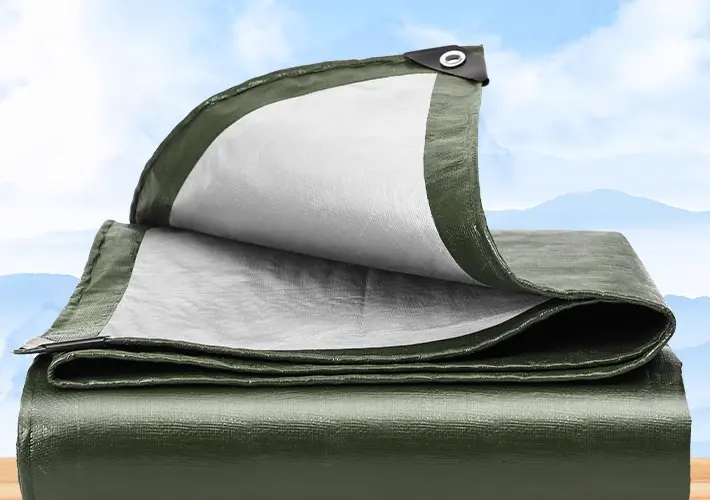
Common Materials Used in Camping Tarpaulins
The performance of a tarp depends heavily on its material. Let’s examine the most common ones used in camping gear:
2.1 Polyethylene (PE) Tarpaulins
- Made of woven polyethylene sheets.
- Waterproof, UV-resistant, and affordable.
- Suitable for beginners and budget-conscious campers.
- Downsides: heavier and bulkier than other types.
2.2 Polyvinyl Chloride (PVC) Tarpaulins
- Extremely durable and waterproof.
- Resistant to abrasion, mildew, and tearing.
- Heavier than PE but excellent for long-term use or harsh weather.
- Ideal for group camping, long expeditions, or base camps.
2.3 Nylon Tarpaulins (Ripstop Nylon)
- Lightweight, compact, and popular among backpackers.
- Often coated with silicone or polyurethane (PU) for water resistance.
- Easy to carry but less durable than PVC or PE.
- Best for minimalist campers or hammock users.
2.4 Canvas Tarpaulins
- Traditional material, breathable, and very strong.
- Naturally water-resistant when treated with wax or oil.
- Heavier and requires maintenance but offers a classic camping experience.
- Perfect for survivalists, bushcraft, or semi-permanent outdoor shelters.
Important Features to Look for in a Camping Tarp
When selecting the best tarp for tents, hammocks, or shelters, pay attention to these features:
- Waterproof Rating: Measured in mm (hydrostatic head). For camping, 1500–3000mm is usually sufficient.
- Weight & Packability: Backpackers need lightweight options, while car campers can choose heavier, more durable ones.
- Grommets & Tie-Out Points: More attachment points allow versatile pitching styles.
- UV Resistance: Prevents fabric degradation under strong sunlight.
- Reinforced Edges: Adds durability against wind stress.
- Size Options: Depending on use, tarps typically range from 2x3m to 5x7m.
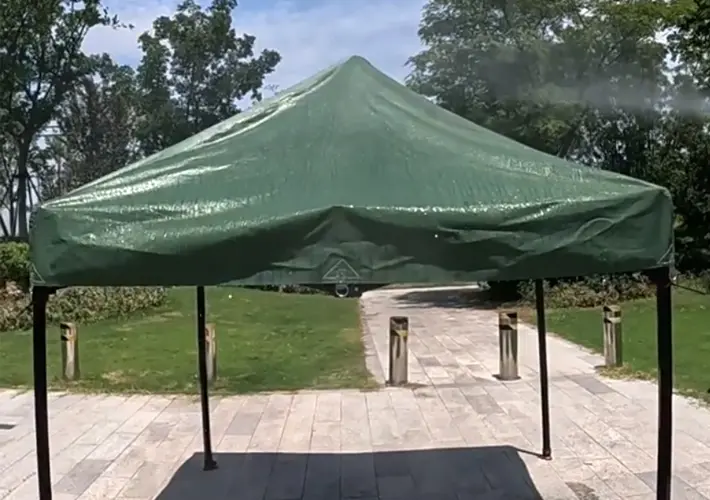
Best Camping Tarpaulins for Tents
Using a tarp with a tent provides extra protection. Here are the best types:
4.1 Ground Tarpaulins (Tent Footprints)
- Placed under the tent to protect against sharp rocks and moisture.
- Reduces wear on the tent floor.
- Best Material: PE or Nylon.
4.2 Rainfly Tarpaulins
- Hung over the tent for additional rain protection.
- Creates a ventilation gap that reduces condensation.
- Best Material: Nylon with PU coating.
4.3 Extended Shelter Tarpaulins
- Used to create a shaded area outside the tent for cooking or relaxation.
- Ideal for family or group camping.
- Best Material: PVC or heavy-duty PE.
Best Camping Tarpaulins for Hammocks
For hammock campers, a tarp is essential since hammocks leave you exposed.
5.1 Diamond Setup Tarps
- A square tarp pitched diagonally over the hammock.
- Lightweight and fast to set up.
- Best for summer or light rain.
5.2 Hexagonal Tarps
- Designed with cut edges for better wind resistance.
- Lighter than rectangular tarps but still offers great coverage.
- Best for backpackers and ultralight campers.
5.3 Winter Tarps with Doors
- Large rectangular tarps with flaps on the ends.
- Creates an enclosed tent-like space around the hammock.
- Perfect for cold or windy conditions.
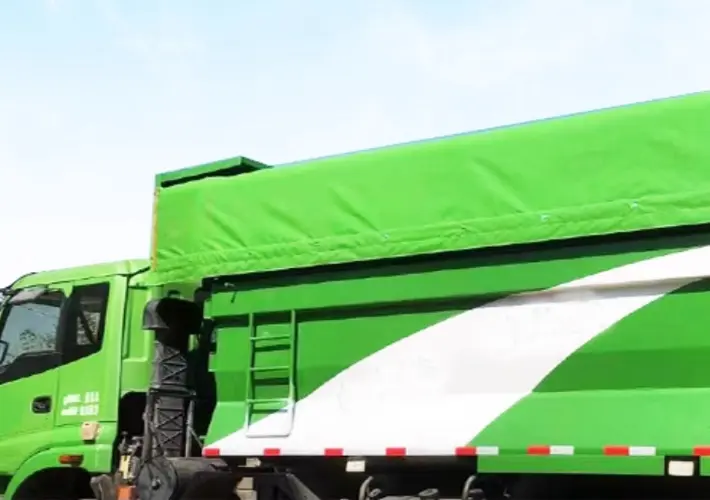
Best Camping Tarpaulins for Outdoor Shelters
When used independently, tarpaulins can create temporary shelters for cooking, dining, or group activities.
6.1 A-Frame Shelter
- Simple triangular setup using trekking poles or trees.
- Good balance of rain protection and ventilation.
6.2 Lean-To Shelter
- Angled tarp open on one side.
- Ideal for campfires and group gatherings.
6.3 Canopy or Sunshade Shelter
- Flat tarp suspended high.
- Perfect for large groups and daytime camping.
6.4 Teepee-Style Shelter
- Central pole with tarp wrapped around.
- Provides 360° protection.
Recommended Sizes for Different Uses
For One Person: 2x3m (lightweight backpacking).
For Hammocks: 3x3m or hexagonal 3.5m.
For Tent Rainfly: 3x4m.
For Family or Group Shelter: 4x5m or larger.
Best Camping Tarpaulin Brands (Global Market)
While many generic tarps exist, some brands are well-known in the outdoor community:
- DD Hammocks (UK) – Lightweight hammock tarps.
- Aqua Quest (Canada) – Ultra-durable waterproof tarps.
- Sea to Summit (Australia) – Compact nylon tarps.
- Kelty Noah’s Tarp (USA) – Popular for tent shelters.
- Chinese OEM Tarpaulin Factories – Supply affordable, customizable PE/PVC tarps for B2B buyers.
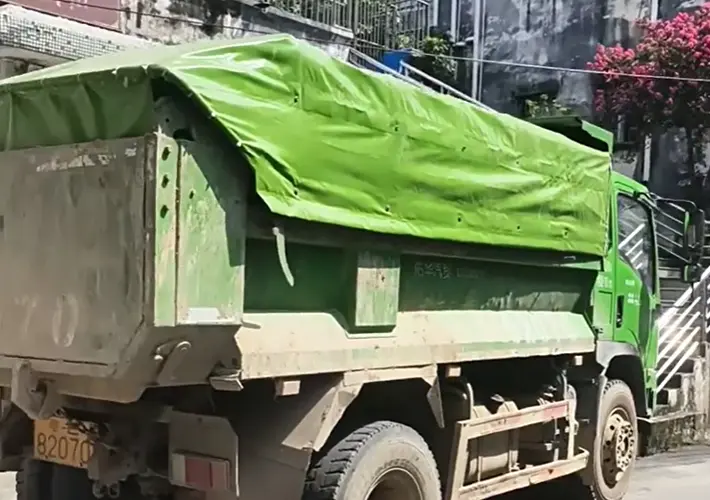
Maintenance Tips for Camping Tarpaulins
- Dry Before Storage: Prevents mildew growth.
- Clean with Mild Soap: Avoid harsh chemicals.
- Check Grommets & Seams: Reinforce weak spots before trips.
- Re-waterproof Coating: Apply silicone spray or seam sealer annually.
Conclusion
Camping tarpaulins are one of the most versatile tools for outdoor enthusiasts. Whether you need extra rain protection for your tent, a reliable cover for hammock camping, or a multipurpose shelter for outdoor activities, the right tarp can make the difference between an enjoyable adventure and a miserable experience.
- For tent camping, choose ground tarps and rainflies.
- For hammocks, pick lightweight diamond or hex tarps.
- For group shelters, go for large PVC or PE tarpaulins.
By considering material, size, weight, and weather conditions, you can find the best camping tarpaulin to suit your needs—whether you are a solo backpacker, a family camper, or a B2B buyer sourcing high-quality tarps from manufacturers.
If you want to know more product information and price trends, you can contact us at any time!


